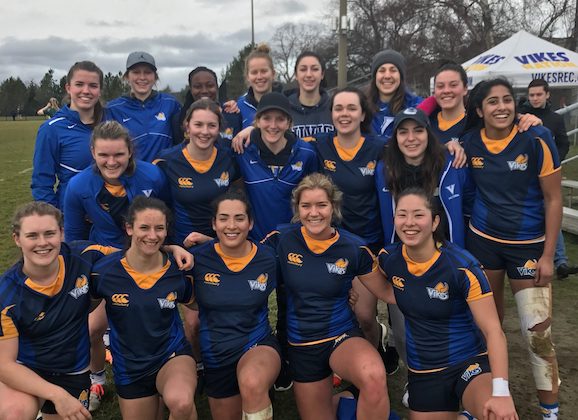Meeting a Holocaust survivor: I-Witness Field School
Guest post series: I-Witness Field School
 After a week of classes on the UVic campus, 15 students are now studying in Central Europe. They’ll travel to Berlin (Germany), Cracow (Poland), Vienna and Linz (Austria), and Budapest (Hungary). Meet the students (video).
After a week of classes on the UVic campus, 15 students are now studying in Central Europe. They’ll travel to Berlin (Germany), Cracow (Poland), Vienna and Linz (Austria), and Budapest (Hungary). Meet the students (video).
The I-Witness Holocaust field school (GMST 489) explores the ways in which the Holocaust is memorialized in Central Europe.
- Learn more about the course and instructor: Field school a chance for students to witness Holocaust legacy.
- Follow the field school on Twitter.
- Read the field school blog
Day Two, UVic campus: Meeting George Pal
by Mariana Gallegos Dupuis
Throughout our studies at the University of Victoria we have read countless scholarship and memoirs regarding the Holocaust. We have also learned countless facts, yet none of those things could prepare us for meeting George Pal, a Holocaust survivor.
Prior to the start of our course we were given a reading list and amidst these readings was George Pal’s memoir, “Prisoners of Hope.” His memoir was organized around a series of snapshots describing his life prior to Nazi invasion, during the Holocaust, and after liberation. His memoir helped us to personalize the history and meeting him allowed us to put a face to George’s story.
When George came to the class he began telling his story and as he was doing so he pulled out a striped cap, which was a cap from the concentration camp. At that moment a flush of emotion came over us, and it became real that he was a survivor of the Holocaust. George sat down and asked us if we had any questions; he was open to answering anything we could think of.
One student asked George what the hardest part of adjusting back to life after the camp was. George answered by describing how he continued to feel guilty after eating, because he remembers the millions of people who underwent starvation. This answer reveals George’s incredible humanity, showing the Nazi regime was unable to strip it away from him.
Another student asked why the memoir was titled “Prisoners of Hope.” George answered by saying, “what kept us going was hope, the light at the end of the tunnel.” His response was really inspirational for our class because as we embark on our journey to Europe we will be going to places of tragedy where it is important to remember there is light even under the darkest of circumstances.
 Another source of wisdom George gave us was that his sense of humour was able to get him through that period of his life. One of the students is becoming a teacher and asked George, “how we can teach this to the next generation?” George described how reading his memoir, talking to him, and going to these places would give the field school students a wider and stronger variety of tools to teach the Holocaust to future students. He then said, “You must teach this to the younger generation so they make sure something like this does not happen again.”
Another source of wisdom George gave us was that his sense of humour was able to get him through that period of his life. One of the students is becoming a teacher and asked George, “how we can teach this to the next generation?” George described how reading his memoir, talking to him, and going to these places would give the field school students a wider and stronger variety of tools to teach the Holocaust to future students. He then said, “You must teach this to the younger generation so they make sure something like this does not happen again.”
Meeting survivors like George is so important because we are able to make sure we retell their story to the younger generation as survivors pass away. Being able to talk to George and ask him questions was an experience a textbook could never give us. For many of us, George’s story opened our eyes to the reality that these atrocities occurred.
When we visit Auschwitz, one of the camps where George was a prisoner, we will keep him and his incredible story in in mind. He is an inspiration, and we feel truly lucky to have been given the opportunity to meet him.




